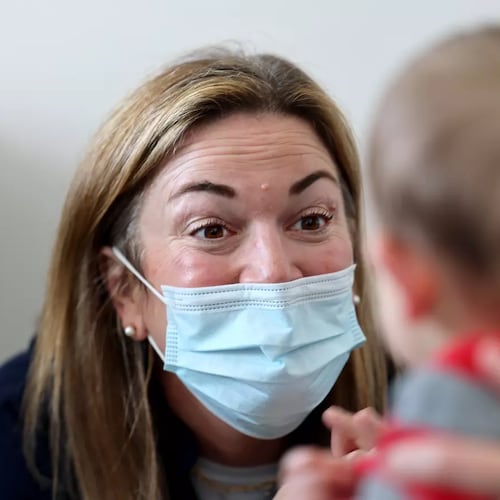Discussions of mental health are more open than ever before. And while that’s definitely a good thing — the stigma that existed around such discussions long made getting help harder for many people — when the general public starts using what were previously clinical terms, there’s bound to be a bit of confusion.
Take the terms “mental health” and “mental illness,” for example.
“The term ‘mental health’ implies the absence of illness or disorder. But there are a lot of ways people can be mentally healthy or ill, just like there are many ways to be physically healthy or unwell,” says Christopher M. Palmer, MD, director of McLean’s Department of Postgraduate and Continuing Education.
In other words, mental health refers to a larger, all-encompassing picture — one that the CDC says includes social, emotional and psychological elements. Mental illness refers more specifically to diagnosable conditions.
According to the National Institute of Mental Health, more than 50 million people live with a mental illness condition.
“Oftentimes mental health disorders are under-diagnosed, and certainly undertreated. What generally happens is that most people don’t get treatment for it, or they might get some treatment, but not effective treatment,” Angela Kimball, national director of advocacy and public policy at the National Alliance on Mental Illness told CNBC.
“If the pandemic has taught us anything, it’s that mental health is not ‘extra.’ Mental health is health,” argued Dr. Pooja Lakshmin, clinical assistant professor in the Department of Psychiatry & Behavioral Sciences at George Washington University School of Medicine, in Forbes. “Your mental health is the foundation upon which the whole house is built. Never apologize for taking time and energy for yourself.”
About the Author
Keep Reading
The Latest
Featured


